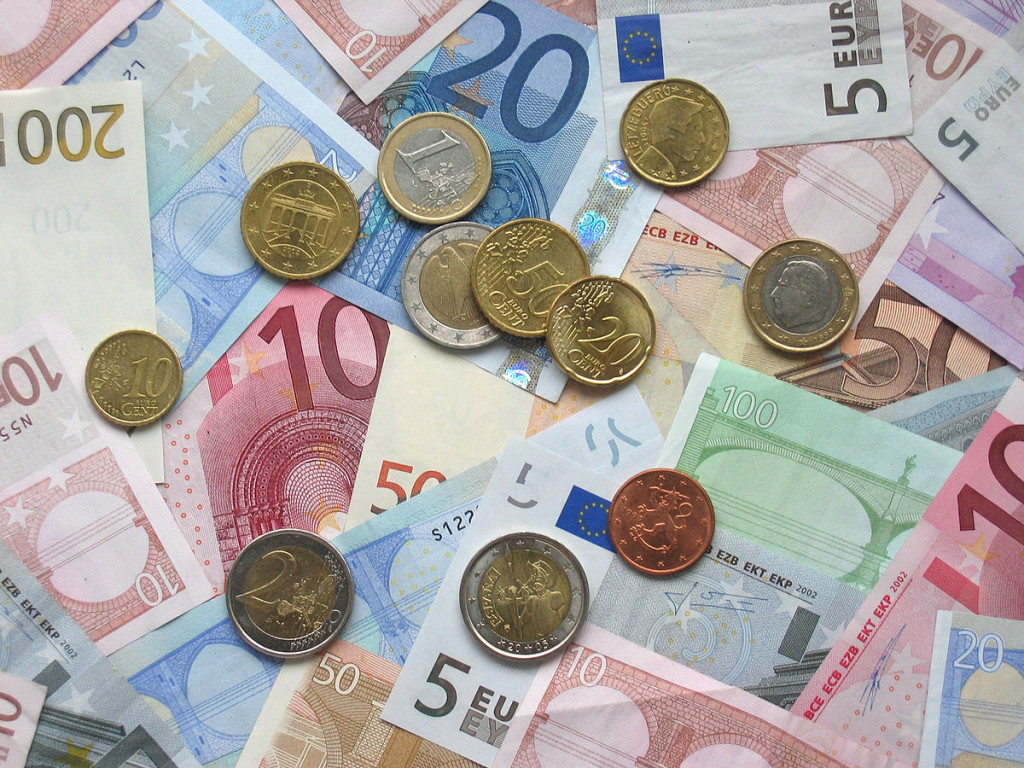Slovak governments granted 176 investment subsidies worth EUR 1.65 billion to 148 subjects during the 2002–2016 period.
Most economists and politicians agree that investment subsidies break market principles. However, many consider subsidies a necessary tool in the global competition for investors and as an economic growth booster. Institute of Economic and Social Studies (INESS) analyzed the investment subsidies granted in Slovakia during the years 2002–2016.
During this period, Slovak governments (there were 5 of them) granted 13 investment subsidies per year on average. Average investment amount was EUR 46 million, average subsidy granted reached EUR 9.4 million. Almost half (48%) of the amount was granted in the form of corporate tax break, whereas 39% in the form of direct financial subsidy.
Investment subsidies represent an expense for the state budget, even in the form of a tax break (tax breaks are accounted as “tax expenditure” in the budget accounting), and remaining tax income has to fill the “hole”. Therefore, investments subsidies have the opportunity cost in the form of unrealized investments (and purchases of goods) of other taxable subjects in the economy. At the height of the “stimulus frenzy”, in the years 2004 and 2006 (coming of PSA and Hyundai/KIA to Slovakia) more than 20% of total corporate tax revenue was used to grant subsidies. In recent years, subsidies take around 2-4% of the corporate tax revenues.
It is important to note that the available statistics do not contain the subsidies to Jaguar-Land Rover yet. The coming of the fourth big carmaker into Slovakia illustrates the shaky statistics of investment subsidies. The carmaker with EUR 1.4 billion investment itself should get EUR 130 million subsidy (currently pending European Commission approval), which is maximum allowed by EU competition rules. However, the government plans to spend additional EUR 300 million on infrastructural investment in the industrial park (railroad terminal, roads, etc.) where Jaguar will be a dominant user and a major benefactor of the infrastructure. This spending will not be reflected in the official subsidy statistics.
Investment Subsidies and Regions
Popular argument, used to defend the policy of granting investment subsidies in Slovakia, is regional convergence. Slovakia faces huge regional differences, with Bratislava region counted amount the wealthiest regions in the EU, while some counties in the central-south Slovakia face unemployment rate over 20%.
Nevertheless, the analysis of the data reveals that counties with under-average unemployment received 99 subsidies, while the poorer regions only 77. The monetary amount is even more skewed towards the richer counties, with EUR 1.24 billion going to richer counties and EUR 0.4 billion of investment subsidies granted to projects in poorer regions. More subsidies for richer regions translated into more planned new jobs in those regions, with 38,221 new jobs planned in richer regions and 16,186 in poorer regions.
Investment Subsidies and Jobs
Subsidized investors were supposed to create more than 54,000 new jobs during the 2002–2016 period. This accounts for more than EUR 30,000 per new job. There have been substantial differences between individual investments. Of the 176 investments, 4 were granted less than EUR 5,000 per job created, representing approximately 0.5 year of average salary (before taxes). On the other side, 18 investments asked more than EUR 50,000 per job. The recorder was granted EUR 324,564 per job (with only 9 jobs created), 3 investments ranged over EUR 70,000 per job. This represents 8-11 years of average salary. Two subsidies granted in 2012 were intended just to protect existing jobs, not to create new ones.
Repeated Subsidies and Failures
Only 148 subjects were involved in 176 subsidies. This signals that some subjects received more than one subsidy during the 15 year long period. Indeed, 16 companies were granted 2 subsidies and 6 companies were granted 3 subsidies. We did not count two companies from the same holding as one (for example Continental Rubber and Continental Automotive), which would further increase the number of multiple subsidies to one grantee.
It is impossible for an investor to tell good investment from bad with 100% certainty. It may be even more difficult for government officials. Hence, we can find a number of success stories with subsidized investment operating smoothly for the whole period. But there are also failed investments which ceased to operate few years after establishment in Slovakia, or did not materialize at all.
Recommendations
Investment subsidy is an expenditure covered by taxpayers. It is true that the subsidized investment – if successful – will generate tax revenues (if not from corporate tax due to tax break, then from personal income related, VAT, or excise tax). However, tax revenue will be lost from the investments and consumption that did not materialize in the economy, due to the taxation required to finance the subsidies. INESS therefore calls for investment subsidies not for generating jobs, but rather redistributing jobs.
Investment subsidies can be granted only to a handful of companies each year. Sound business environment provides a boost to all the companies, regardless of their age, size, sector, or ownership. Slovak competitiveness still lags not only behind the world most competitive economies, but also behind the Baltic States, which are more comparable to Slovakia.
With regards to investments subsidies, INESS recommends to:
-
Eliminate investment subsidies. Direct help of the public sector should focus on non-financial barriers, such as legal consultations, facilitating negotiations with land owners, or state/regional public bodies.
-
Improve the competitiveness of Slovak economy. Besides other available inspiration for the government, INESS introduced a set of competitiveness-enhancing measures called Top20.
-
Reduce the tax burden and employ expenditure-side consolidation of the budget. Slovak budget enjoyed unprecedented revenue growth in 2016, yet Slovak entrepreneurs had to face 28 new or increased taxes in the period of 2011–2017.
The full study (in Slovak) available here



